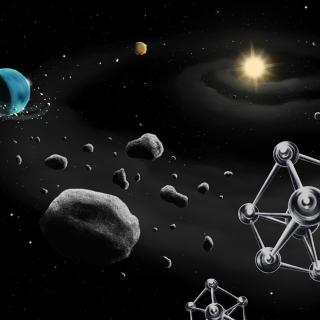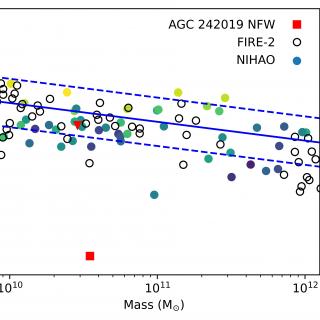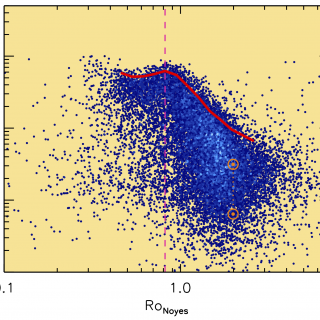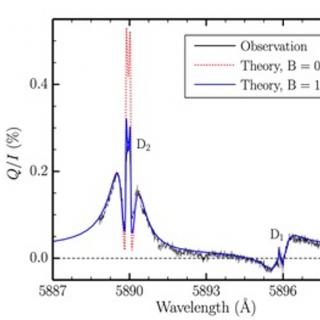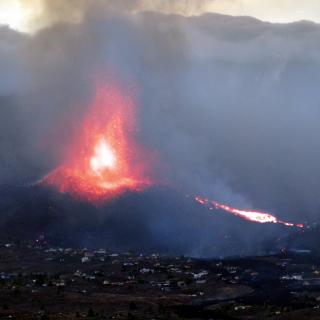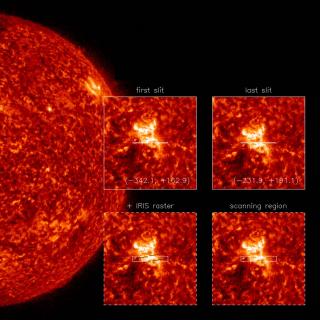
In 2015 and 2019 an international team (USA, Japan and Europe) carried out two unprecedented suborbital space experiments called CLASP and CLASP2, which were motivated by theoretical investigations carried out at the IAC. After the success of such missions, the team has just launched CLASP2.1 from the NASA facility in White Sands Missile Range (New Mexico, USA). The aim is to map the solar magnetic field throughout the chromosphere of an active region. To this end, CLASP2.1 has successfully measured the intensity and polarization of the solar ultraviolet radiation emitted by magnesium and
Advertised on
